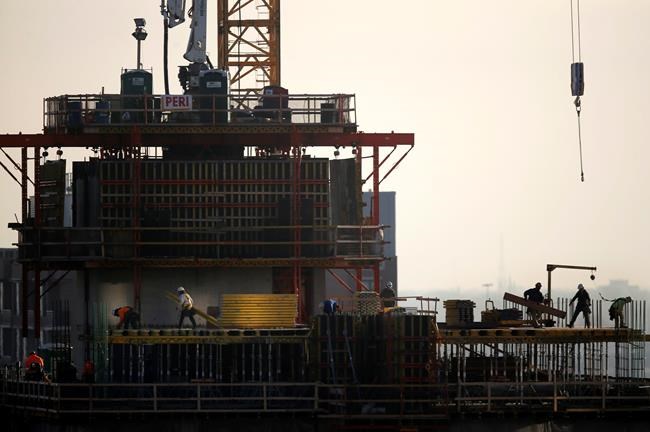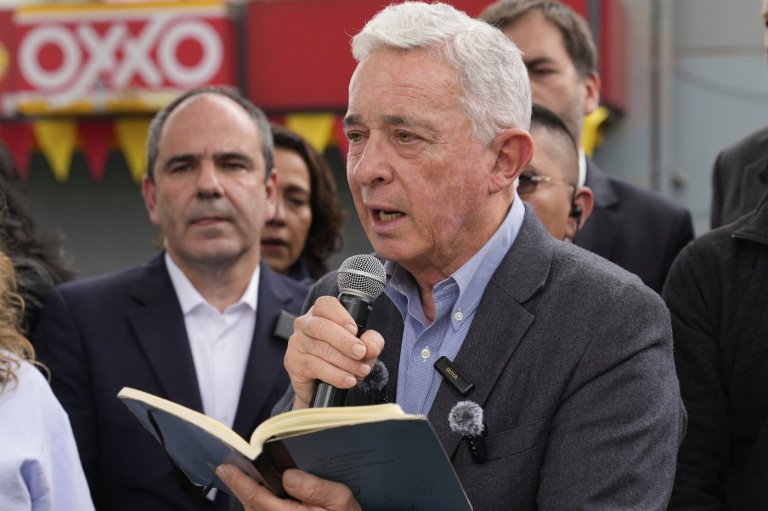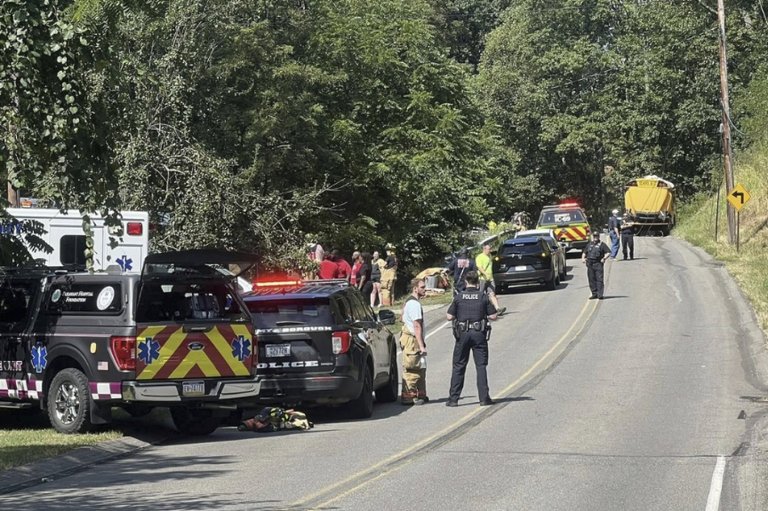
Construction spending fell 1.4 per cent in April
WASHINGTON – U.S. construction fell in April by the largest amount in a year, reflecting weakness in homebuilding, non-residential construction and government projects.
The Commerce Department reported Thursday that construction spending fell 1.4 per cent in April, the biggest drop since a 2.9 per cent fall in April of last year. The decline left spending at a seasonally adjusted annual rate of $1.22 trillion.
Construction activity has been one of the bright spots for the economy over the past year, and the big decline in April is expected to be temporary. Analysts are forecasting that construction will provide continued fuel for the economy in the coming year.
“On the face of it, this is a terrible start to the second quarter, but these data are subject to huge revisions,” said Ian Shepherdson, chief economist at Pantheon Macroeconomics. “We’re expecting either a clear rebound in May or upward revisions to April, as the trend in spending is upwards.”
The April result followed a revised 1.1 per cent increase in March, which had pushed construction spending to a record high of $1.24 trillion.
Residential construction slipped 0.7 per cent, the biggest drop since a 1.1 per cent decline in September of 2016. The Commerce Department reported two weeks ago that new home construction was down 2.6 per cent in April, but analysts blamed much of that weakness on temporary factors.
Non-residential construction dropped 0.6 per cent in April, the third straight monthly decline. While spending on office construction was up for the month, spending on hotels and motels and the category that includes shopping centres fell. Spending on construction of factories was also down a sharp 1.9 per cent and down 8.4 per cent from a year ago.
Government construction activity was also down 3.7 per cent, the biggest drop since July of 2016. State and local construction, the biggest part of the government spending category, fell 3.5 per cent, while spending on federal projects was down 5.7 per cent.
President Donald Trump sent Congress a budget last month which proposed spending $200 billion over the next decade to support repairing the country’s aging roads, bridges and other infrastructure. The administration said it would put forward a plan that would leverage the money with state, local and private support for a combined effort of $1 trillion over the next 10 years
Join the Conversation!
Want to share your thoughts, add context, or connect with others in your community?
You must be logged in to post a comment.

















